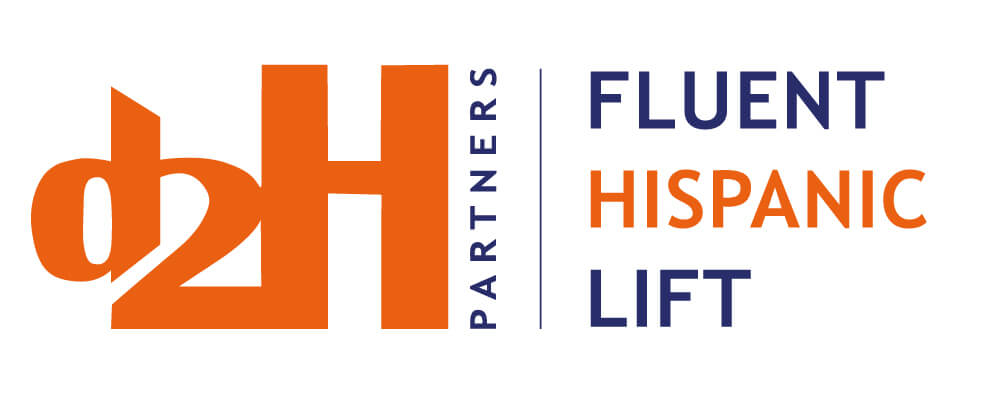(Re)Introducing the Hispanic “Viejennial”
July 23, 2019 – As an independent Hispanic advertising agency we have been asking ourselves an existential question for much of the last decade – why does our trade seem to be abandoning the US Hispanic “Viejennials?” Ever since the Millennial generation became the advertising industry’s target celebre, it seems that no one, except for Medicare Advantage Plans, seems to care much about the Hispanic Adults 35+ that actually grew our industry into what it is today.
Viejennial = Spanish Adults 35+
Let’s start with a definition of “Viejennial”. As much as we would like to take credit, the term originates in Spain as a way to describe their boomers. We are taking the liberty of expanding that definition to include Hispanic Boomers and Gen-Xers: This means Hispanic Adults 35+.
We do not aggregate these two generations arbitrarily. The fact is that Hispanic Millennials 18-34 have become the sweet spot and driver of today’s “Total Market” campaigns, whereas the Hispanic 35+ set is actually the driver of most of the US Hispanic market’s consumption.
It is widely reported that US Hispanics currently have upwards of $2T in buying power. Viejennials, as we define them, represent 75% of this opportunity. It is true that while Millennials engage digitally and socially more than their senior generations, Viejennials are buying. Transactions speak louder than shares and likes.
Why is Marketing to Viejennials Important?
Here are a few proof points to consider in case you have been distracted lately chasing that shiny new and virtually broke generation.
- Viejennials influence the influencers. Hispanic Millennials disproportionately live in multi-generation households. 40% vs. 23% for their non-Hispanic cohorts. In other words,Viejennials remain at the epicenter of the Hispanic household. At the risk of getting too anecdotal, Viejennials have more years of experience embracing and managing a dual culture way of life. Millennials may be more tolerant, ethnically diverse, better educated and digitally native. But Viejennials are culturally savvy and life-experienced and represent the primary influence in major financial and other aspirational decisions.
- There are almost 24MM Viejennials. If you recalculate the number of Hispanic consumers to include only 18+ (those old enough to buy something), this represents 60% of all possible Hispanic customers. Compare this to the 17MM Hispanic Millennials which represent only 40% of today’s Hispanic consumers.
- Over half of the Viejennials in the US report incomes over $50K. It gets better. 20% report incomes over $100K. Contrast this with a recent article in Adweek headlined, Why Targeting Millennial Customers Might Not Be Such a Hot Idea After All. (Robert Klara, June 11, 2019). It argues that “a growing body of evidence shows why Gen Y consumers aren’t ideal: because many of them are broke.” This might explain why if we look at just a few high value categories: Viejennials are 35% more likely to have bought a new car than Millennials; they are 22% more likely to have traveled abroad; and they are 60% more likely to own a home.
Some would say that we are oversimplifying the market by segmenting it into these two large buckets. Are we? Most advertising agencies today are actually under-serving the ROI potential of the market by lumping it into a Millennial-centric total market bullseye that leaves the Viejennials on the outer circles. The Millennials will have their day as the ideal consumer…just not yet.
For more discussion about Viejennials in the U.S. Hispanic market, check out the infographic in our APPROACH section and vlog – Speaking2Hispanics here on our website, www.d2hispanic.com.
Marcelino Miyares, Jr.- Managing Partner – D2H Partners, LLC – 2019
About d2H Partners – Los Angeles based full-service Hispanic Advertising Agency focused on D2C and B2B Spanish language campaigns targeting immigrant, first-generation and “billenial” Hispanics. d2H specializes in creating, adapting, and delivering targeted messages to Latinos to profitably enculturate your message, media and metrics.
